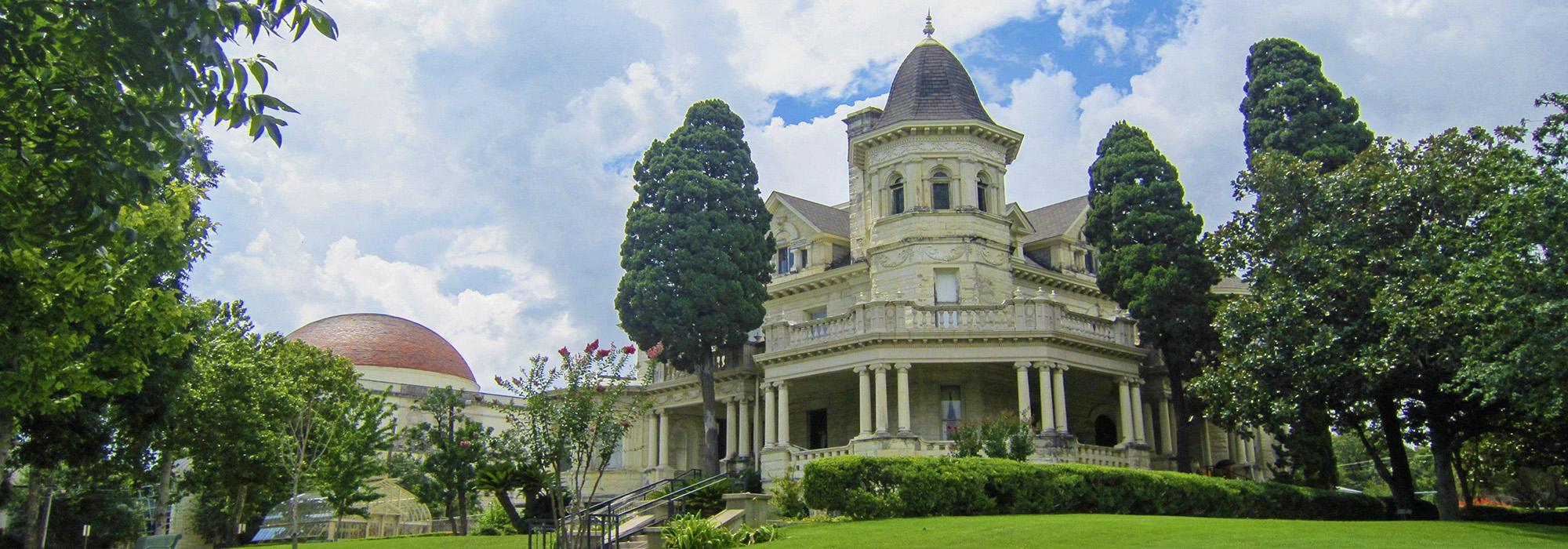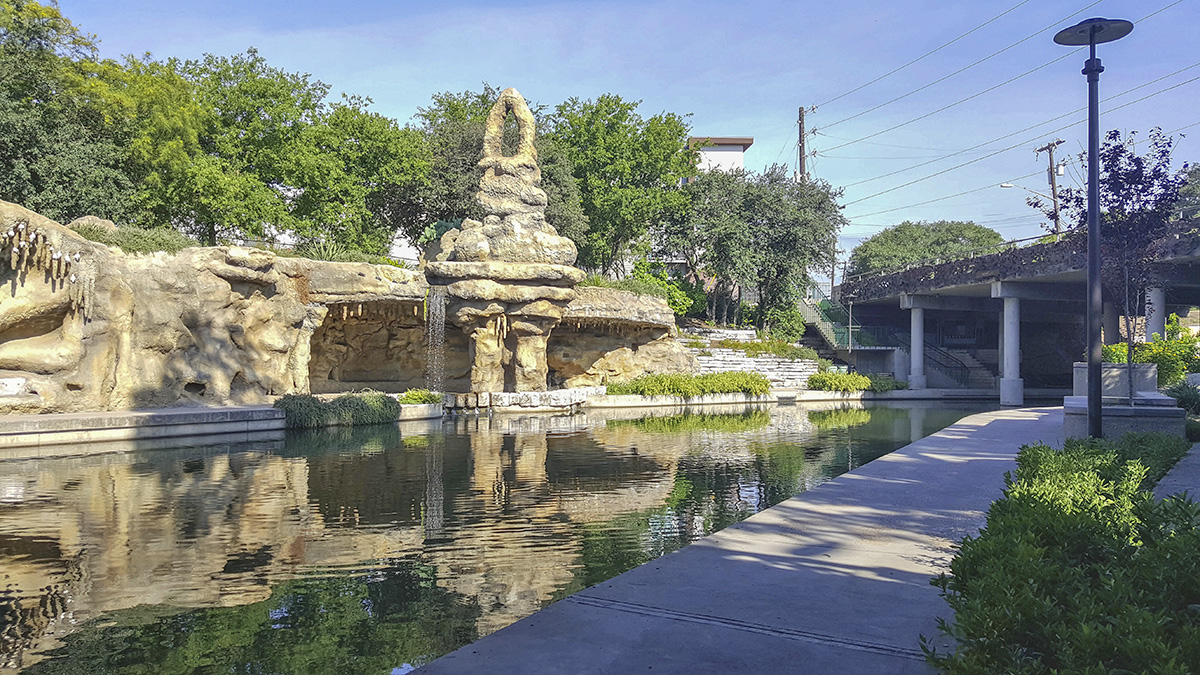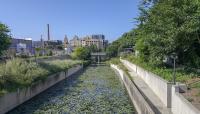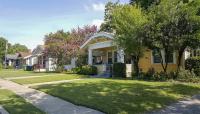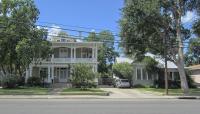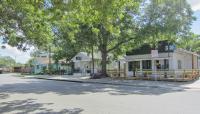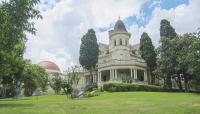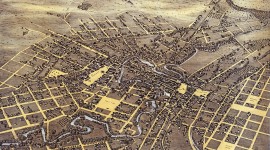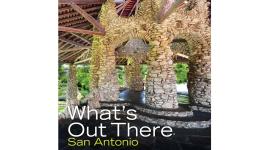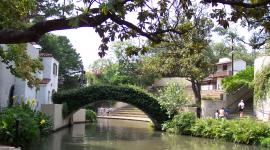Landscape Information
Located just north of downtown San Antonio, this neighborhood spans approximately 700 acres and is bounded by Huisache Avenue to the north, Interstate 35 to the south, Broadway Street to the east, and San Pedro Avenue to the west. The area comprised primarily agricultural land after the Upper Labor Acequia, a major irrigation ditch, was completed in 1777 along its southern boundary. In 1876 the real estate company Gillum & Yongue acquired approximately 175 acres of the site, which then became known as the Gillum Addition. The land was divided into rectangular blocks and sold over time. In 1883 William G. Tobin constructed an estate on the gently rolling topography, followed by seven members of his family, leading to the name Tobin Hill.
The introduction of a mule-drawn streetcar to downtown in 1878 and electric trolleys along McCullough, San Pedro, and St. Mary’s Streets in 1890 spurred further growth. Commercial corridors developed along the streetcar routes, featuring a mixture of low-rise Spanish Mission- and Art Deco-style buildings. Established in 1886 in the eastern portion of the neighborhood, the Pearl Brewery became a major employer. Residential areas also grew, characterized by tree-lined streets, sidewalks, and a diverse range of structures, from mansions to smaller bungalows with small yards and shallow setbacks. During the post-World War II housing boom, several apartment buildings were constructred, and many large residences were converted into multi-family structures. San Antonio College relocated to the western edge of the neighborhood in 1951. The revitalization of the Pearl Brewery and the extension of the San Antonio River Walk during the 2000s transformed an abandoned industrial area in the neighborhood’s eastern portion to a thriving mixed-use district.



